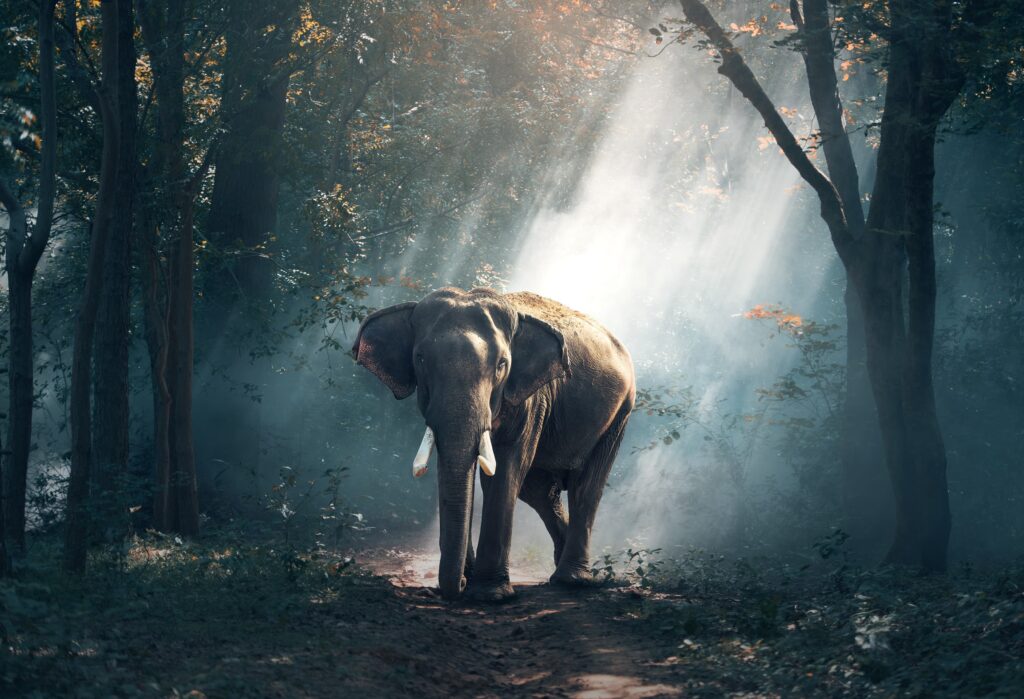The blue macaw (Cyanopsitta spixii) is a feathered representative of the parrot family, and also the only species of the genus Blue Macaws in the order Parrotidae. The blue macaw is the closest related species of the red macaw.
Description of the blue macaw
The blue macaw is one of the rarest and most extinct parrots of our planet. The latest mention of the existence of individuals of this species in natural conditions refers to the year 2000, when a very active discussion of the problems of unique, incredibly expressive bluish-blue color of the birds.
Appearance
The average body length of an adult representative of the Parrot family, the genus Blue Acres and the order Parrots is only 55-57 cm, with a maximum weight in the range of 400-450 g. The color of the plumage of the bird is very beautiful, pale blue in color. The head area is light gray, and the belly and chest are colored in shades of sea waves. The frontal area, from the eyes to the area of the epiglottis, has no plumage at all, but is dark gray in coloration. The frontal area and the ears of the bird are usually noticeably lighter than the main color of the head. The tail and wings are characteristically dark blue. The beak of the bird is a deep black color.
The irises of the adult bird are yellowish in color, and the paws have a very traditional grayish coloration. Juveniles differ from adults by a darker iris and a bone-colored stripe located in the central part of the suprabeak, but at the time of puberty this stripe disappears completely.
Lifestyle, behavior
Reliable and scientifically confirmed information about the peculiarities of the lifestyle of representatives of the species in the wild is quite scarce. These birds were not studied until the 1970s, and the most recent observations were made only on a very small group of these parrots. They are known to live in natural habitats in small flocks.
Representatives of the species inhabited mostly flat areas overgrown with thorny shrubs and tall, solitary trees. The blue macaw was also found in plantations, palm groves and wooded areas along riverbanks. Nests were built in old, rather large in size hollows. Blue-crowned geese at any age have a very calm character and are fairly peaceful feathered creatures. It is generally believed that such naturally hardy birds need the presence of regular rest and silence. The result of overwork can be the appearance of uncharacteristic aggressive behavior.
Under natural conditions, the lifestyle of such birds is secretive, and the activity of the birds was exclusively in the daytime hours. As a rule, the blue macaw could be observed flying quite high, directly above the crown of plants. During scorching heat and at night the birds rested in the dense tree foliage.
How long does the blue macaw live?
The average lifespan of representatives of this species in natural conditions can range from 10 years to a quarter of a century, and individual specimens in captivity may well live a little less than half a century.
Sexual dimorphism
Male parrots are practically indistinguishable from females in appearance, but some signs allow defining the sex of the bird quite clearly. The females have a slightly smaller skull circumference and the arrangement of feathers on the body is more even and neat.
Range, habitats
In June 2016, an individual similar in appearance to the blue macaw was spotted near the Brazilian town of Curaça. The bird was photographed the next day, but the resulting picture was of very poor quality. Nevertheless, the ornithologists who observed the bird were able to identify this parrot by its characteristic call as a blue macaw. There is an opinion that this bird was released from conditions of captivity.
The blue ara was characterized by a limited natural habitat. The species lived in the coastal forest areas of the river basin in northeastern Brazil. Such a small area of distribution is directly related to the absolute dependence of these birds on the presence of tabebuya trees (Sagaiba). They built nests in the hollows of such plants, seeds served as food, and the crown of the tree as a reliable protection and shelter for the night. Pairs, as well as small groups, are quite capable of desperately defending their territories.
